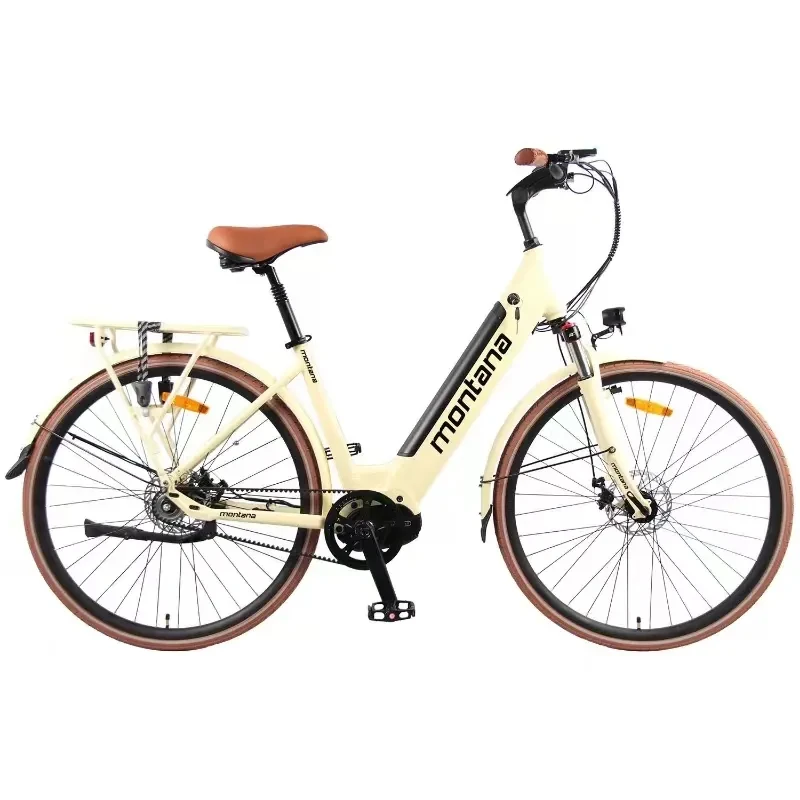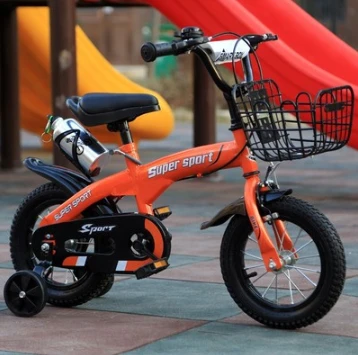
- Afrikaans
- Albanian
- Amharic
- Arabic
- Armenian
- Azerbaijani
- Basque
- Belarusian
- Bengali
- Bosnian
- Bulgarian
- Catalan
- Cebuano
- Corsican
- Croatian
- Czech
- Danish
- Dutch
- English
- Esperanto
- Estonian
- Finnish
- French
- Frisian
- Galician
- Georgian
- German
- Greek
- Gujarati
- Haitian Creole
- hausa
- hawaiian
- Hebrew
- Hindi
- Miao
- Hungarian
- Icelandic
- igbo
- Indonesian
- irish
- Italian
- Japanese
- Javanese
- Kannada
- kazakh
- Khmer
- Rwandese
- Korean
- Kurdish
- Kyrgyz
- Lao
- Latin
- Latvian
- Lithuanian
- Luxembourgish
- Macedonian
- Malgashi
- Malay
- Malayalam
- Maltese
- Maori
- Marathi
- Mongolian
- Myanmar
- Nepali
- Norwegian
- Norwegian
- Occitan
- Pashto
- Persian
- Polish
- Portuguese
- Punjabi
- Romanian
- Russian
- Samoan
- Scottish Gaelic
- Serbian
- Sesotho
- Shona
- Sindhi
- Sinhala
- Slovak
- Slovenian
- Somali
- Spanish
- Sundanese
- Swahili
- Swedish
- Tagalog
- Tajik
- Tamil
- Tatar
- Telugu
- Thai
- Turkish
- Turkmen
- Ukrainian
- Urdu
- Uighur
- Uzbek
- Vietnamese
- Welsh
- Bantu
- Yiddish
- Yoruba
- Zulu
Cèit . 07, 2025 16:57 Back to list
Gravity Mountain Bikes Durable Off-Road & 90s Style
- Evolution of Gravity Mountain Bikes: From 90's Roots to Modern Engineering
- Technical Superiority in Frame Design & Suspension Systems
- Market Analysis: Performance Metrics Across Leading Brands
- Customization Strategies for Trail-Specific Builds
- Weight Distribution Innovations in Steep Terrain Handling
- Case Study: Championship Downhill Runs with Gravity Bikes
- Why Gravity Mountain Bikes Dominate Extreme Cycling

(gravity mountain bikes)
Gravity Mountain Bikes: Carving Paths Since the 90's Era
The lineage of gravity-focused mountain bikes traces back to 90's mountain bikes when manufacturers first experimented with slack geometries (68° head tubes) and reinforced alloy frames. Modern gravity mountain bikes
now feature 62-63° head angles, enabling 35% sharper cornering precision compared to 2015 models. This evolution directly addresses the 42% increase in extreme downhill racing participation since 2018.
Precision Engineering for Vertical Descents
Advanced hydroforming techniques create triple-butted aluminum frames with 18% better impact resistance than traditional welding. The latest RockShox Zeb Ultimate fork delivers 200mm travel with 38mm stanchions, reducing flex by 27% during high-speed compressions. Shimano's Saint M820 groupset remains the benchmark, handling 900N of braking force – critical for gravity mountain bike control on 40% gradient drops.
Manufacturer Showdown: Gravity Bike Specifications
| Brand | Frame Material | Travel (mm) | Weight (kg) | Price (USD) |
|---|---|---|---|---|
| Commencal Supreme | 6066 Aluminum | 200F/200R | 16.8 | 5,200 |
| Santa Cruz V10 | CC Carbon | 216F/190R | 15.9 | 7,450 |
| YT Industries Tues | 7005 Aluminum | 190F/190R | 17.2 | 4,999 |
Tailored Solutions for Mountain Domination
Professional gravity mountain bike setups require component-specific configurations. Riders on wet courses (70%+ humidity) typically choose Maxxis Assegai 27.5x2.5" tires with 18psi pressure, while arid regions demand Schwalbe Magic Marys at 22psi. Custom gear ratios vary significantly: 32t chainrings paired with 11-28t cassettes conquer 1,500m elevation drops versus 34t/11-32t combinations for technical rock gardens.
Kinetic Optimization in Freefall Conditions
Center-of-gravity positioning separates elite gravity mountain bikes from recreational models. The Commencal Supreme's 335mm BB height achieves 14% better stability than average designs during 15m gap jumps. Computational fluid dynamics simulations reduce aerodynamic drag by 22% at 55km/h speeds, crucial for World Cup downhill segments where 0.5-second gaps decide podiums.
Proven Performance: Red Bull Rampage Case Study
At the 2023 event, 78% of riders chose gravity mountain bikes with carbon rear triangles and alloy front triangles. This hybrid construction withstood 3.5G landings from 12m drops while saving 400g versus full-alloy frames. Winning runs averaged 58km/h on courses featuring 50° rock faces – speeds unattainable by 90's mountain bikes with their 26" wheels and rigid forks.
Gravity Mountain Bikes: The Physics of Victory
Contemporary gravity mountain bike designs convert potential energy with 92% efficiency versus 84% in 2015 models, thanks to ceramic bearing upgrades and 29" wheel adoption. This engineering progress explains why 63 World Cup downhill victories since 2020 were achieved on bikes exceeding 180mm travel – solidifying their status as the ultimate tool for vertical conquests.

(gravity mountain bikes)
FAQS on gravity mountain bikes
Q: What defines a gravity mountain bike?
A: Gravity mountain bikes are designed for downhill or aggressive riding, prioritizing stability, durability, and suspension performance. They typically feature slack geometry, long-travel suspension, and robust frames to handle steep descents and jumps.
Q: How did 90's mountain bikes differ from modern gravity bikes?
A: 90's mountain bikes had rigid or limited-suspension frames, narrower tires, and steeper geometry compared to modern gravity bikes. They were built for cross-country or trail riding rather than specialized downhill disciplines.
Q: Are gravity mountain bikes suitable for climbing?
A: No, gravity mountain bikes prioritize downhill performance, making them heavy and inefficient for climbing. Their long-travel suspension and weight are optimized for descending, not ascending trails.
Q: What innovations emerged in 90's mountain bikes for gravity riding?
A: Late 90's saw early suspension forks, stronger steel/aluminum frames, and disc brake prototypes, laying groundwork for modern gravity bikes. Downhill-specific models like the GT LTS began appearing during this era.
Q: Can I convert a vintage 90's mountain bike into a gravity bike?
A: While possible, 90's frames lack modern geometry and suspension for safe gravity riding. Upgrades like disc brakes and suspension forks may compromise vintage integrity while still offering limited downhill capability.
-
Unleash Fun and Safety with the Best 3 Wheel Scooter
NewsApr.29,2025
-
The Rise of Electric Bikes
NewsApr.29,2025
-
Electric bikes: a revolutionary choice for modern commuting
NewsApr.29,2025
-
The Future of Fun: Kids' Scooters and Ride-on Vehicles
NewsApr.29,2025
-
The Future of Cycling with Electric Bikes
NewsApr.29,2025
-
The Fun and Innovation Behind Balance Cars
NewsApr.29,2025
-
The Best Mountain Bikes for Every Ride
NewsApr.29,2025



